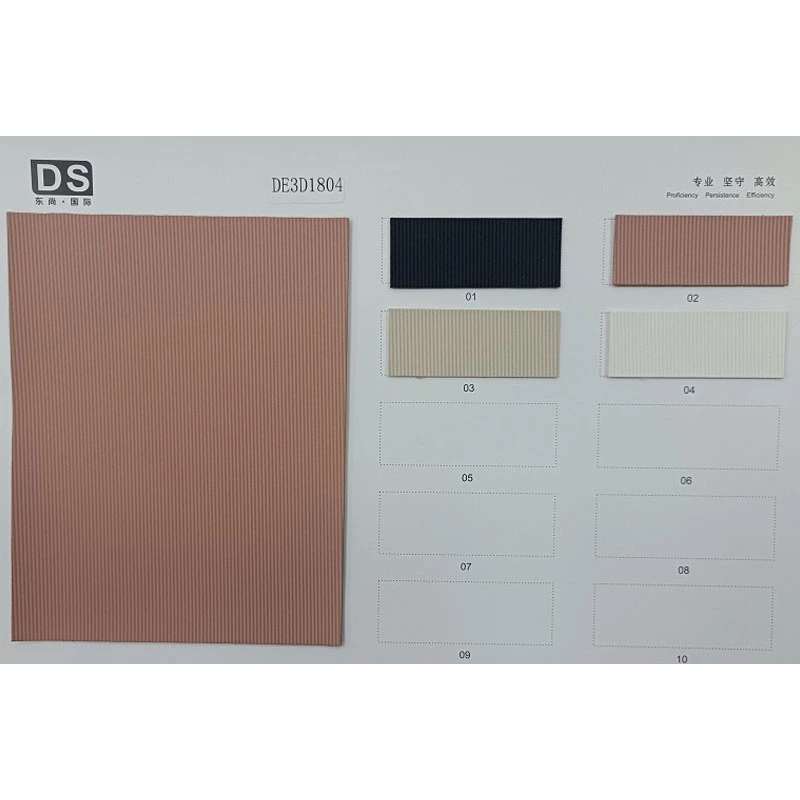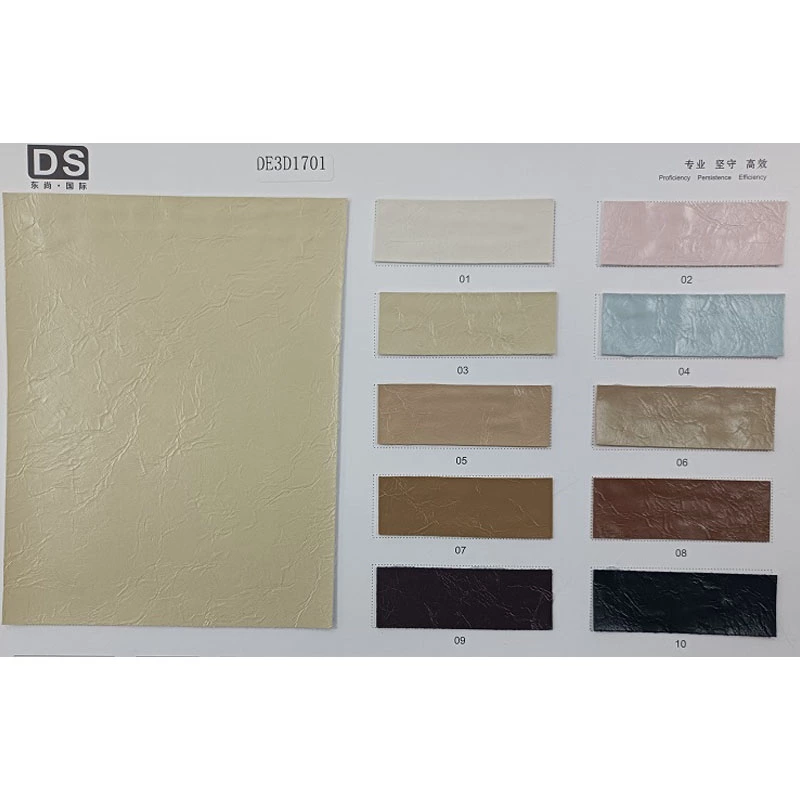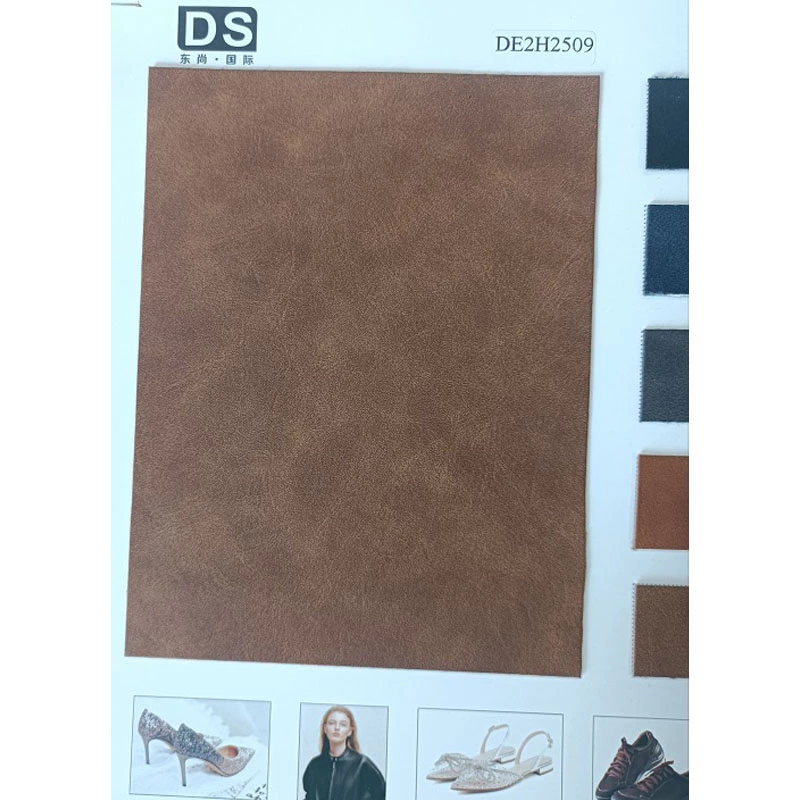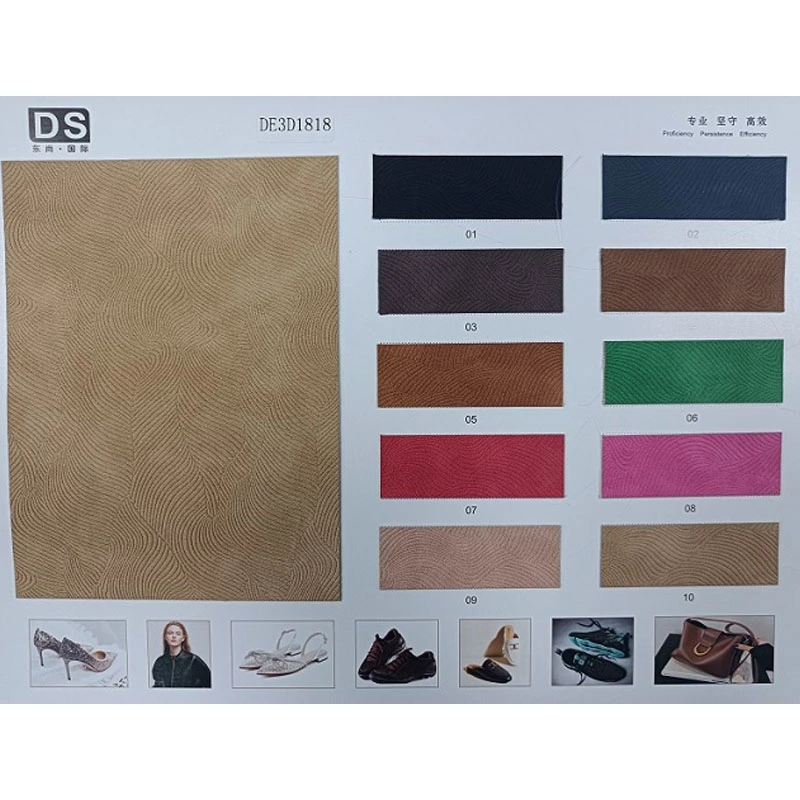The Difference Between Four Common Leathers
Genuine leather: It is a common word in the leather products market. It is a customary name for natural leather to distinguish synthetic leather. In the minds of consumers, "genuine leather" also has a non-fake meaning. It is mainly processed from animal skins. There are many types of genuine leather, with different varieties, different structures, different qualities, and different prices. Therefore, genuine leather is both a general term for all natural leathers and an ambiguous mark in the commodity market. From a physiological point of view, any animal skin has hair, epidermis and dermis. Because the dermis contains small reticular fiber bundles, it has considerable strength and breathability. The epidermis is located under the hair, close to the dermis, and is composed of epidermal cells of different shapes. The thickness of the epidermis varies with different animals. For example, the thickness of the epidermis of cowhide is 0.5~1.5% of the total thickness; sheepskin and goat skin is 2~3%; and pig skin is 2~5%. The dermis is located under the epidermis, between the epidermis and the subcutaneous tissue, and is the main part of the rawhide. Its weight or thickness accounts for more than 90% of the raw hide.
Matched leather: Some leather is synthesized from broken leather, and its leather content is more than 30%. We call this matched leather.
Artificial leather: Artificial leather is the earliest substitute invented for leather fabrics. It is made by calendering and compounding PVC with plasticizers and other additives on cloth. Its advantages are low price, rich colors and various patterns, and its disadvantages are that it is easy to harden and become brittle.
PU Leather: PU is a man-made synthetic material with the texture of genuine leather, very strong and durable, which is different from artificial leather. PU synthetic leather is used to replace PVC artificial leather, and its price is higher than PVC artificial leather. In terms of chemical structure, it is closer to leather fabrics. It does not use plasticizers to achieve soft properties, so it will not harden or become brittle. At the same time, it has the advantages of rich colors and various patterns, and the price is cheaper than leather fabrics, so it is popular with consumers.









